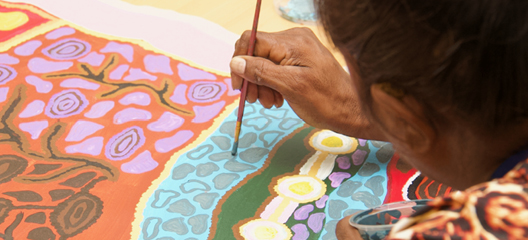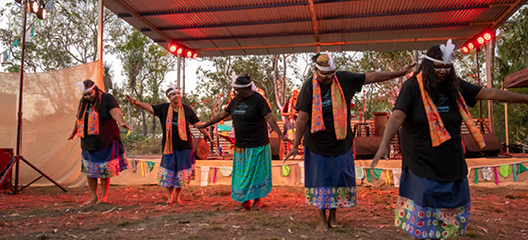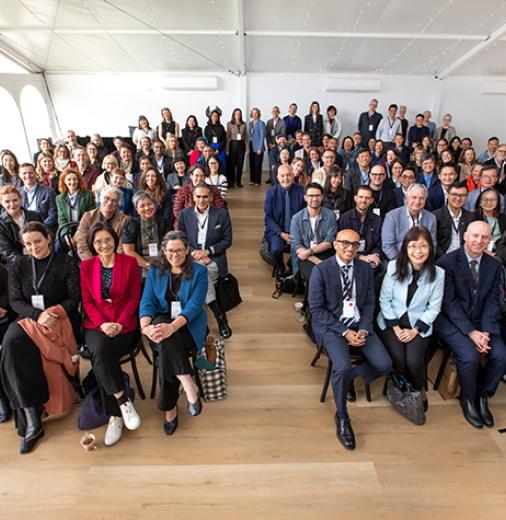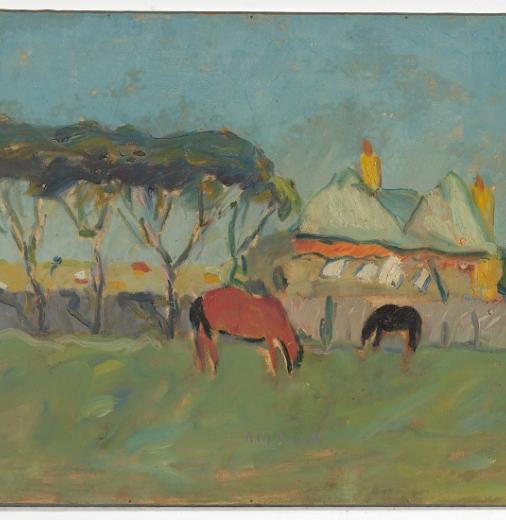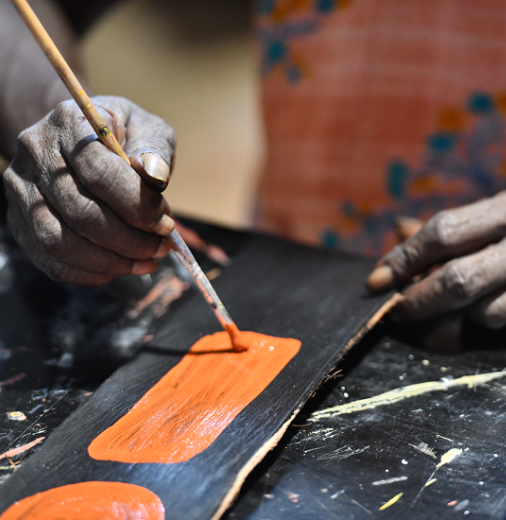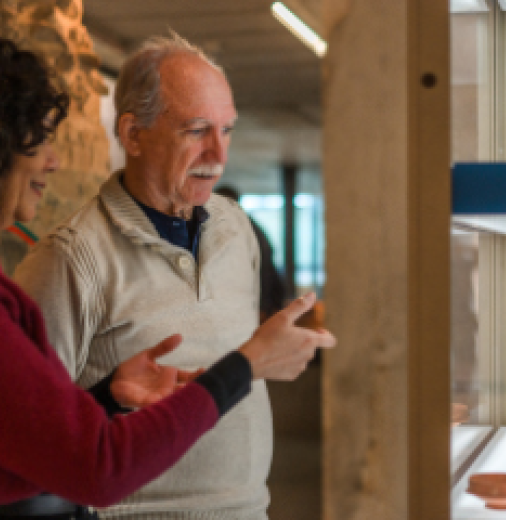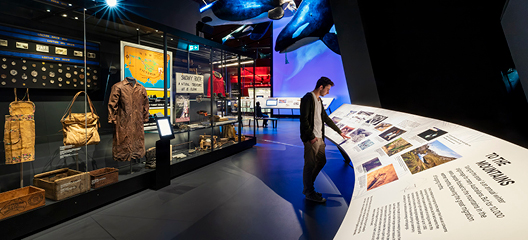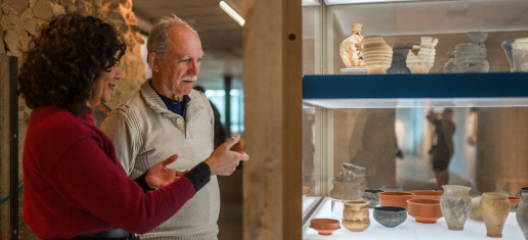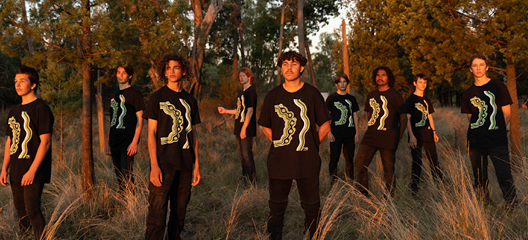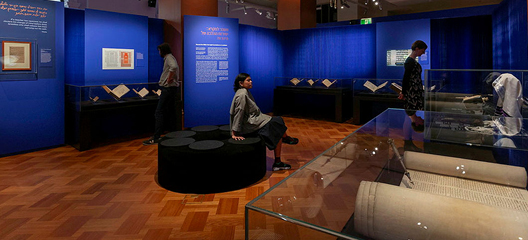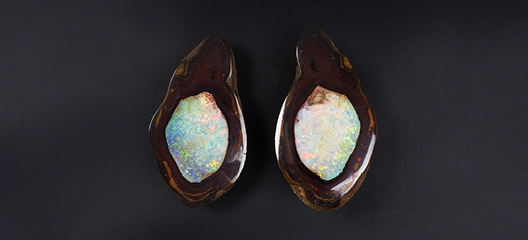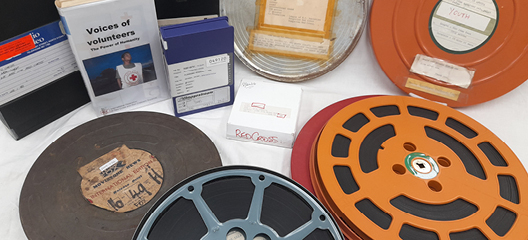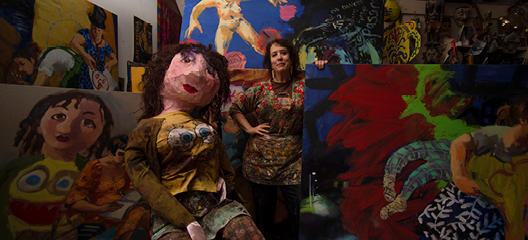The Protection of Cultural Objects on Loan Scheme provides legal protection for cultural objects on loan from overseas lenders for temporary public exhibition in Australia.

Who can apply
Borrowing institutions, including museums, galleries, libraries and archives, established by Commonwealth, state or territory law can apply. Borrowing institutions may also apply, if eligible, to be prescribed in Regulation.

When to apply
Applications can be submitted at any time.

Funding available
N/A
About the program
The Protection of Cultural Objects on Loan Scheme (the Scheme) provides legal protection for cultural objects on loan from overseas lenders for temporary public exhibition in Australia. This protection is often called 'immunity from seizure and suit'. It limits the circumstances in which lenders, exhibiting institutions, exhibition facilitators and people working for them can lose ownership, physical possession, custody or control of objects while on loan to an approved Australian institution.
Approved borrowing institutions must demonstrate they have the necessary expertise, rigor, capacity and resources to meet the responsibilities established by the Scheme. Objects imported into Australia by approved borrowing institutions for temporary exhibition will automatically be protected for up to two years from the date they are imported into Australia. Institutions are approved for up to five years and can apply for re-approval.
Since it began in 2014, the Scheme has protected cultural objects shown in more than 85 exhibitions and displays, some of which travelled to multiple venues across Australia. These exhibitions were seen by more than 15 million people. In 2020–21 fourteen exhibitions were shown under the Scheme, and featured themes ranging from Viking culture, to art, shipwrecks and motorcycles. The exhibitions attracted close to 700,000 visitors, even though many museums and galleries were closed for extended periods to comply with public health orders.
How to apply
It is recommended that you read the guidelines published below and contact us to find out more information before applying to the Scheme. Institutions eligible to become approved borrowing institutions can apply at any time. To submit an application, please use the following link: https://arts.smartygrants.com.au/PCOL25-26.
Extensions to the period of protection
Objects imported under the Scheme are protected for up to two years from the date of importation. However, the Minister for the Arts, or their delegate, may extend this time period if the approved borrowing institution makes a case for an extension due to exceptional circumstances.
A request for an extension to the period of protection must be made in writing to the Office for the Arts and include an explanation of the circumstances for the extension. It must be received at least six weeks prior to the end of the protection period to ensure adequate time for approval. If this timeframe cannot be met please contact the Program Officer (details below) as soon as possible.
Approvals for extensions are provided to the institution in writing and published on this website. Current approvals are listed below. Please click on the link/s for more details.
Contact
The Program Officer
Protection of Cultural Objects on Loan Scheme
Department of Infrastructure, Transport, Regional Development, Communications, Sport and the Arts
Office for the Arts
GPO Box 594
Canberra ACT 2601
Phone: 02 6136 6533 and 02 6136 6520
Email: ProtectionofLoans@arts.gov.au
Approved borrowing institutions
The following borrowing institutions are currently approved under the Protection of Cultural Objects on Loan Act 2013 for the periods specified.
The following borrowing institutions were previously approved under the Protection of Cultural Objects on Loan Act 2013 for the periods specified.
| Name of Institution | Dates of approval | Conditions of approval |
|---|---|---|
| National Museum of Australia | Previous approval: 19 August 2015 to 18 August 2020; 20 August 2020 to 19 August 2025 | No conditions |
| National Gallery of Victoria | Previous approval: 19 May 2015 to 18 May 2020; 24 September 2020 to 23 September 2025 | No conditions |
| Western Australian Museum | Previous approval: 23 November 2015 to 22 November 2020 | No conditions |
| Art Gallery of New South Wales | Previous approval: 29 March 2016 to 28 March 2021 | No conditions |
| Museum of Applied Arts and Sciences | Previous approval: 24 August 2016 to 23 August 2021 | No conditions |
| Queensland Museum | Previous approval: 2 December 2016 to 1 December 2021 | No conditions |
| Museums Victoria | Previous approval: 26 June 2017 to 25 June 2022 | No conditions |
| South Australian Museum | Not currently approved Previous approval: 24 August 2016 to 23 August 2021 | No conditions |
| Australian Museum | Previous approval: 11 August 2017 to 10 August 2022 | No conditions |
| Queensland Gallery and Gallery of Modern Art | Previous approval: 13 August 2017 to 12 August 2022 | No conditions |
| National Gallery of Australia | Previous approval: 28 February 2018 to 27 February 2023 | No conditions |
| National Library of Australia | Not currently approved Previous approval: 27 April 2018 to 26 April 2023 | No conditions |
Approved extensions
Extensions to the period of protection have been granted to the following borrowing institutions
| Name of Institution | Extension Declaration |
|---|---|
| Tasmania Museum and Gallery | Tasmania Museum and Gallery—Protection of Cultural Object on Loan—Notice of Declaration No.2 of 2025—24 March 2025 |
| Queensland Museum | Notice of Declaration to extend the period of protection for objects on loan to the Queensland Museum—July 2024—PDF |
| Tasmanian Museum and Art Gallery | Notice of Declaration to extend the period of protection for 13 objects on loan to Tasmanian Museum and Art Gallery—August 2024 (PDF, 606.28 KB) |



